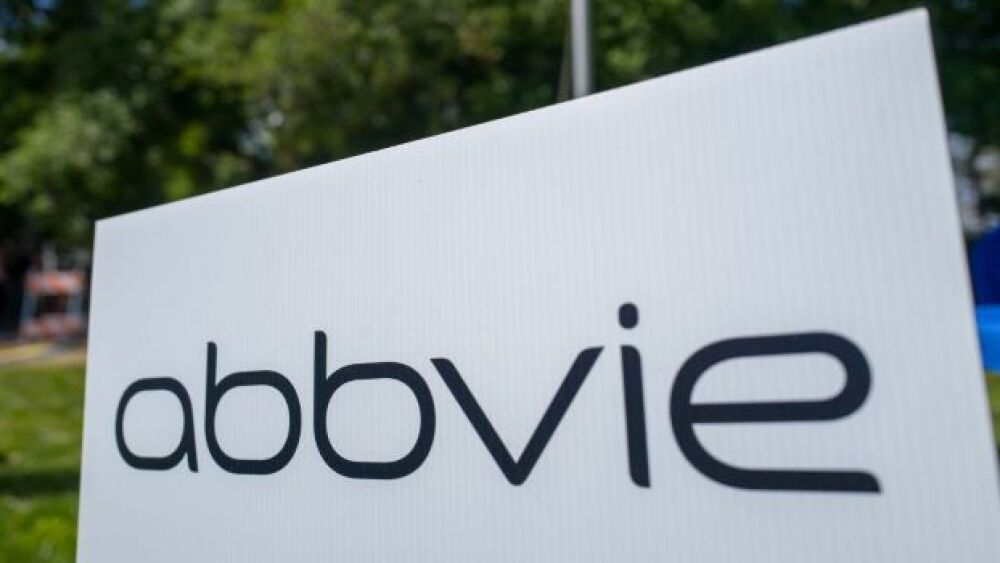AbbVie’s experimental subcutaneous Parkinson’s disease drug ABBV-951 hit the mark in a 12-week Phase III study in patients with an advanced form of the disease.
Smith Collection/Gado/Getty Images
AbbVie’s experimental subcutaneous Parkinson’s disease drug ABBV-951 hit the mark in a 12-week Phase III study in patients with an advanced form of the disease. The company announced that patients who received daily doses of the drug showed statistically significant increases in “On” time without dyskinesia, the spasms associated with the disease.
AbbVie’s Phase III study compared ABBV-951 to oral treatment with levodopa/carbidopa. In addition to the increases in “On” time hours, AbbVie said the study also showed a significant reduction in “Off” time hours. People diagnosed with Parkinson’s often deal with times classified as “On” and “Off.” The “On” time refers to when patients are responding to medication and symptoms are decreased. The “Off” periods are characterized by the re-emergence of Parkinson’s symptoms. As the disease progresses, “Off” periods in patients can increase in frequency and severity.
With the positive Phase III data in hand, AbbVie is eying global regulatory submissions for ABBV-951, a solution of levodopa and carbidopa prodrugs for continuous subcutaneous infusion. Dr. Michael Severino, vice chairman and president of AbbVie, said the results of the Phase III study highlight the potential for ABBV-951 as a treatment for advanced Parkinson’s disease patients.
Data from the study showed that after 12 weeks of treatment, the “On” time increase was 2.72 hours for ABBV-951 compared to 0.97 hours for oral levodopa/carbidopa, which are standard-of-care treatments for Parkinson’s. According to AbbVie, improvements in “the “On” times were seen in the first week among some of the patients who participated in the Phase III study. The continuous subcutaneous treatment reduced the “Off” times. Phase III data showed that, after 12 weeks of treatment, the“Off” times were reduced by an average of .75 hours for ABBV-951 compared to 0.96 hours for oral levodopa/carbidopa.
Dr. Jason Aldred, a clinical associate professor at Washington State University’s Elson S. Floyd College of Medicine and a principal investigator of the study, called the Phase III data promising. He said the data demonstrate “positive results on a key endpoint” that are used to assess the efficacy of treatments for patients with advanced Parkinson’s. The Phase III study included approximately 130 adult participants with advanced Parkinson’s disease.
AbbVie said full results from the Phase III study would be presented at a future medical meeting or submitted for publication in a peer-reviewed journal.
The continuous subcutaneous treatment maintained a solid safety profile in the study. The majority of the adverse events reported were non-serious and mild to moderate in severity in the ABBV-951 group, the company Parkinson’s disease is a neurodegenerative disorder that affects approximately 10 million people across the globe. It affects dopaminergic neurons in a part of the brain. Disease symptoms typically develop slowly and could begin with slight tremors in the hands, slowness of movement, or limb rigidity. Symptoms include tremor, slowed movement, rigid muscles, impaired posture and balance, loss of automatic movements, and speech changes.





